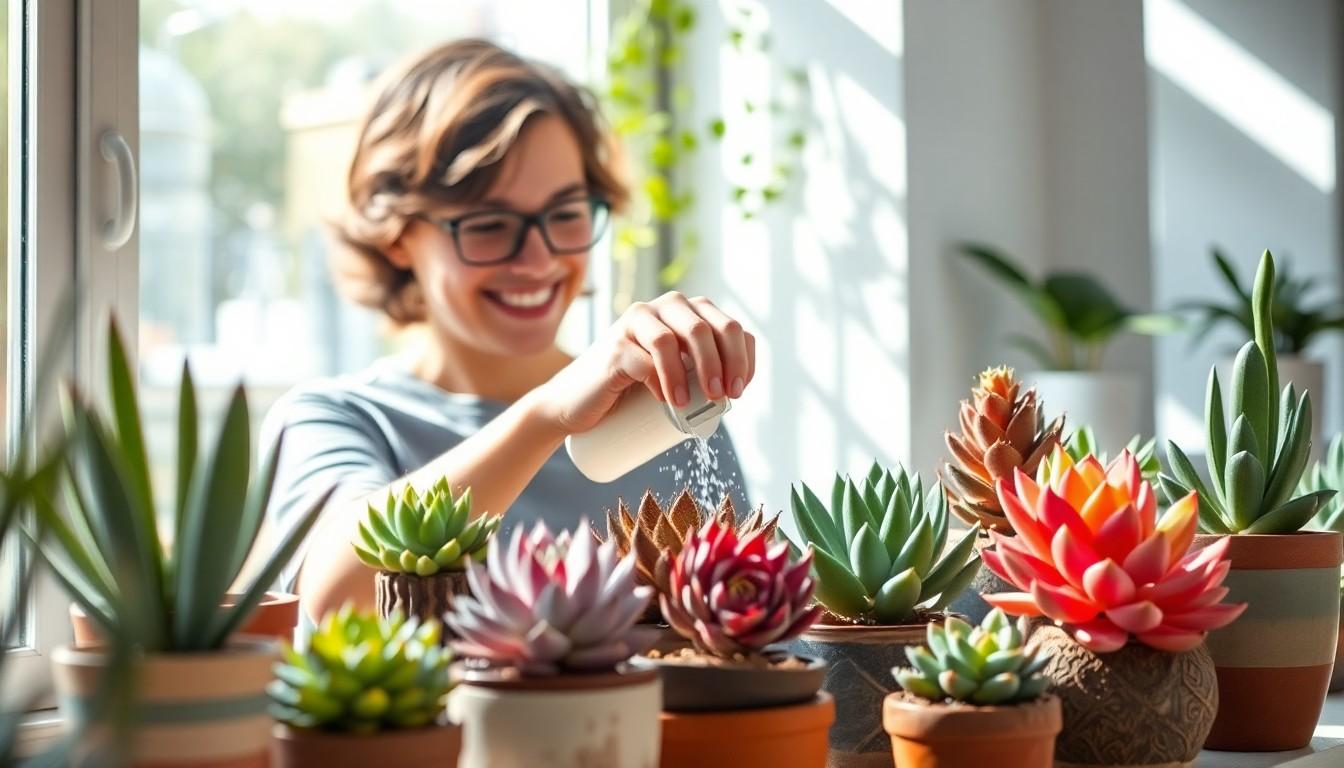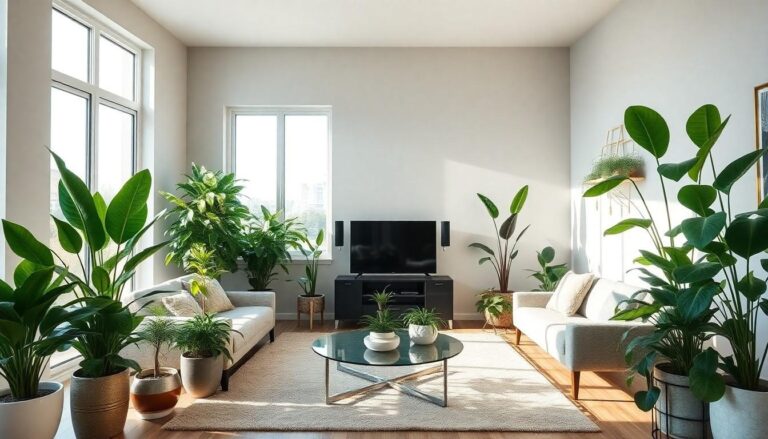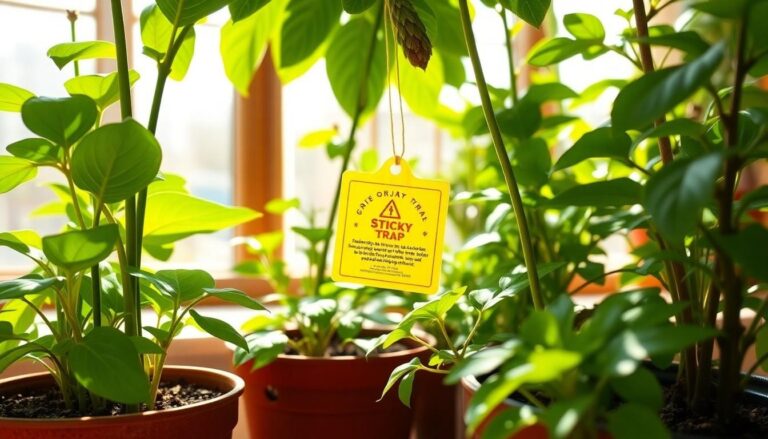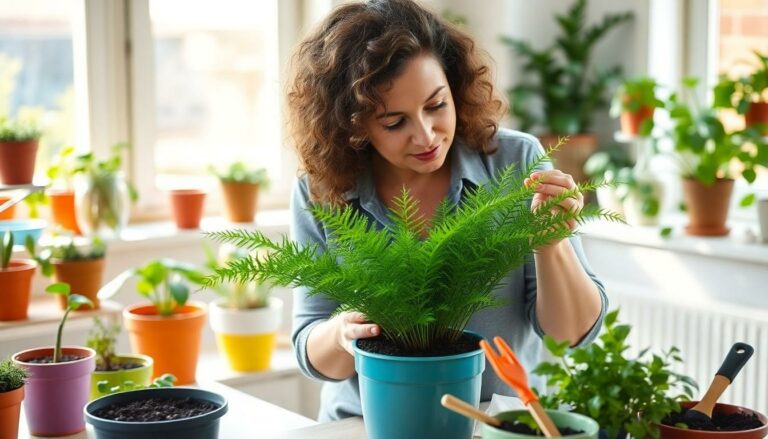Succulents are the ultimate low-maintenance companions, perfect for anyone who wants to bring a touch of green into their home without the need for a green thumb. These charming little plants don’t just sit pretty; they’re practically begging for attention while also being the easiest roommates ever. Who wouldn’t want a plant that thrives on neglect?
Understanding Succulents
Succulents are popular indoor plants due to their unique appearance and low maintenance requirements. These fascinating plants store water in their leaves, stems, or roots, allowing them to survive in arid conditions.
What Are Succulents?
Succulents belong to various plant families and typically feature thick, fleshy parts. They thrive in environments with limited water and bright light, showcasing diverse shapes, sizes, and colors. This adaptability contributes to their widespread appeal among indoor gardeners.
Benefits of Growing Succulents Indoors
Growing succulents indoors offers numerous advantages. These plants enhance indoor aesthetics, adding vibrant colors and interesting textures. Low water needs make them ideal for busy individuals who might forget regular watering. Air purifying properties also benefit households, contributing to cleaner indoor air quality. Additionally, succulents can improve mental well-being through their calming presence and connection to nature.
Selecting the Right Succulents
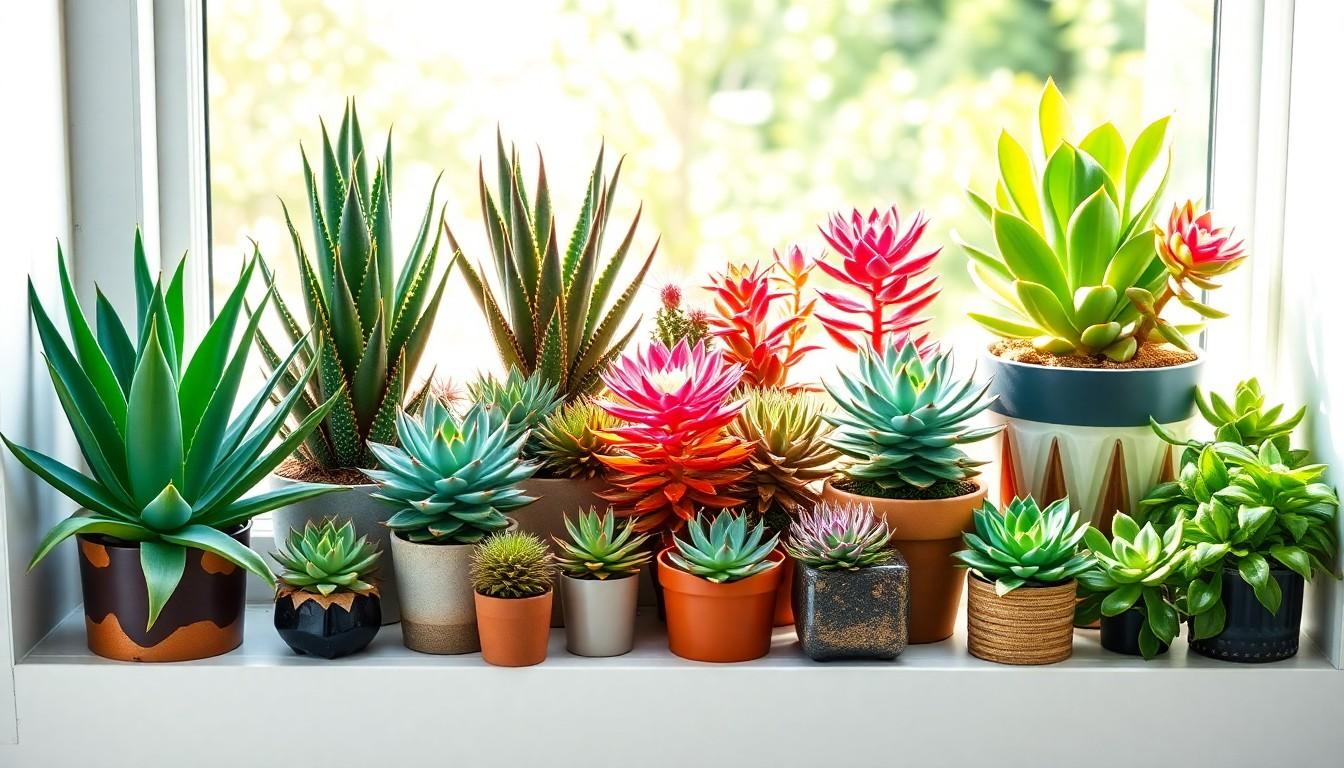
Choosing the right succulents is essential for a thriving indoor garden. Certain varieties thrive better in indoor settings, making selection crucial.
Best Varieties for Indoor Growth
Aloe vera stands out due to its minimal care requirements and medicinal properties. Echeveria offers vibrant colors and unique forms, enhancing any space. Haworthia is an excellent choice for low-light areas, as it tolerates indirect sunlight well. Jade plants provide a classic look, symbolizing good luck and prosperity. Graptopetalum species showcase lovely rosette shapes and can adapt to various light conditions. These varieties cater to different preferences while ensuring success indoors.
Factors to Consider When Choosing Succulents
Light requirements must match the conditions of the chosen indoor space. Some succulents prefer bright, direct light, while others thrive in indirect light. Temperature plays an important role; most succulents enjoy warmth but should avoid extreme cold. Pot size influences growth; select a container that allows for proper drainage to prevent root rot. Soil quality matters greatly; use a well-draining cactus mix to support healthy growth. Finally, consider personal preferences for color, shape, and care level to create a satisfying indoor succulent garden.
Ideal Growing Conditions
Succulents thrive in specific environments that mimic their natural habitats. Understanding these ideal conditions ensures successful growth indoors.
Light Requirements
Bright, indirect sunlight suits most succulents, promoting healthy growth. Direct sunlight can lead to sunburn on delicate leaves. Positioning plants near windows with filtered light works best. Some varieties tolerate low light, but prolonged exposure results in leggy growth. Rotating the pots weekly helps maintain balanced light exposure on all sides.
Temperature and Humidity
Temperatures between 60°F and 80°F favor succulent health. They require drafts to be avoided, which can lead to stress or damage. Humidity levels below 50% benefit most indoor succulents, as excessive moisture promotes rot. Utilizing a well-ventilated space further enhances their growth environment. Monitoring indoor temperature fluctuations ensures plants remain in their optimal range.
Proper Watering Techniques
Watering succulents requires specific techniques to ensure their health. A proper approach minimizes the risk of overwatering or underwatering while promoting optimal growth.
Watering Frequency
Succulents benefit from infrequent watering due to their water-storing capabilities. Water them thoroughly, then wait until the soil dries out completely before the next watering. Depending on the indoor environment, this may range from once every two weeks to once a month. In warmer months, they may require more frequent watering, while winter months typically call for less. Adjustments depend on factors such as humidity, temperature, and light exposure. Monitoring soil moisture can guide watering schedules effectively.
Signs of Overwatering and Underwatering
Recognizing the signs of overwatering is vital for succulent care. Common symptoms include yellowing leaves or mushy, translucent foliage. Soil that retains excess moisture often contributes to root rot, which can jeopardize plant health. Conversely, underwatering leads to a different set of issues. Plants exhibiting shriveled or wrinkled leaves may signal a lack of water. Additionally, leaves that fall off easily indicate dehydration. Vigilance in observing these signs helps maintain a balanced watering routine for indoor succulents.
Soil and Potting Tips
Selecting the right soil and potting conditions is crucial for indoor succulent success. Specific soil characteristics help maintain healthy growth and prevent common issues.
Choosing the Right Soil
Cactus and succulent-specific soil mixes provide excellent drainage and aeration. Look for mixes with ingredients like perlite or sand, which enhance runoff. A mix with organic materials can improve moisture retention while allowing roots to breathe. Custom blends also exist, so consider mixing equal parts potting soil, perlite, and coarse sand for a tailored option. Soil should maintain a balance that mimics the natural, arid environments of succulents.
Importance of Drainage
Drainage is vital for succulents to thrive indoors. Without adequate drainage, roots are susceptible to rot, which can incur costly damage. Pots with drainage holes promote quick water escape, preventing excess moisture retention. Choosing a well-draining mixture also facilitates airflow around the roots, fostering healthy growth. Regularly assessing the pot’s drainage quality ensures optimal health for these resilient plants. Proper drainage practices enhance the overall success of indoor succulent gardening.
Maintenance and Care Tips
Succulents require simple maintenance to thrive indoors. A few key practices enhance their health and appearance.
Fertilizing Succulents
Fertilizing succulents supports their growth during the growing season, typically in spring and summer. Using a diluted, balanced fertilizer formulated for succulents promotes vibrant colors and healthier foliage. Applying fertilizer every four to six weeks provides sufficient nutrients without overloading the plants. During fall and winter, reduce or eliminate fertilization, as succulents generally enter a dormancy period. Always remember to water the plants before applying fertilizer, as this prevents root burn.
Pest Control Measures
Pests can pose challenges for indoor succulents, though they often have minimal issues. Regularly inspecting plants for signs of pests like mealybugs, aphids, or spider mites helps catch problems early. Utilizing natural remedies, such as neem oil or insecticidal soap, effectively manages infestations without harsh chemicals. Maintaining good air circulation and avoiding overcrowding prevents pest habitats. Treating infestations promptly ensures succulents remain healthy and vibrant.
Conclusion
Growing succulents indoors can transform any space into a green oasis. With their unique beauty and low-maintenance needs, these plants offer a perfect solution for busy individuals looking to enhance their home environment. By selecting the right varieties and providing optimal care, anyone can enjoy the benefits of these resilient plants.
From understanding their light and water requirements to ensuring proper soil and potting conditions, each step contributes to a thriving indoor garden. Regular maintenance and attention to detail will keep succulents healthy and vibrant. With a little effort, indoor succulents can bring joy and tranquility to any living space.

